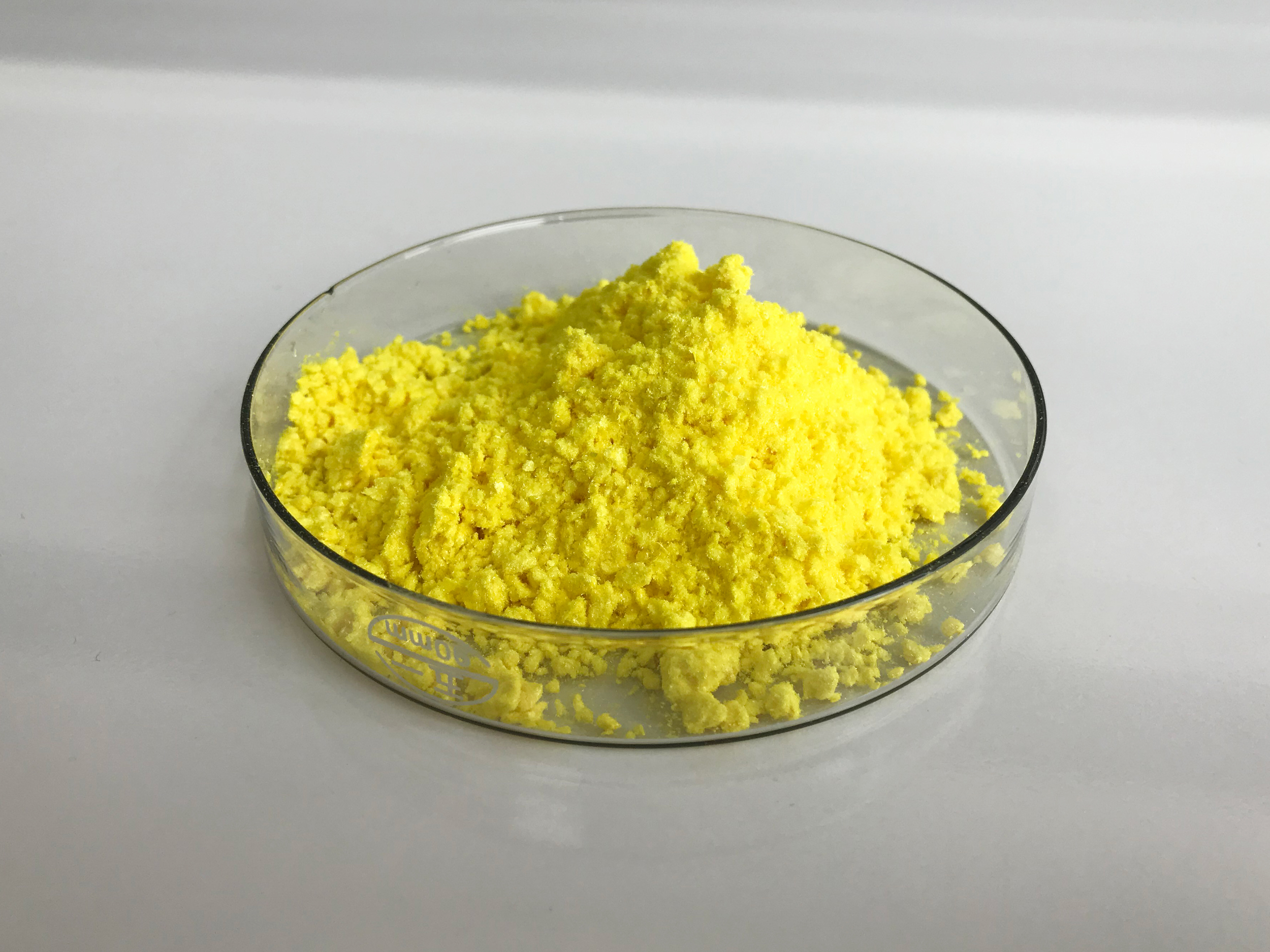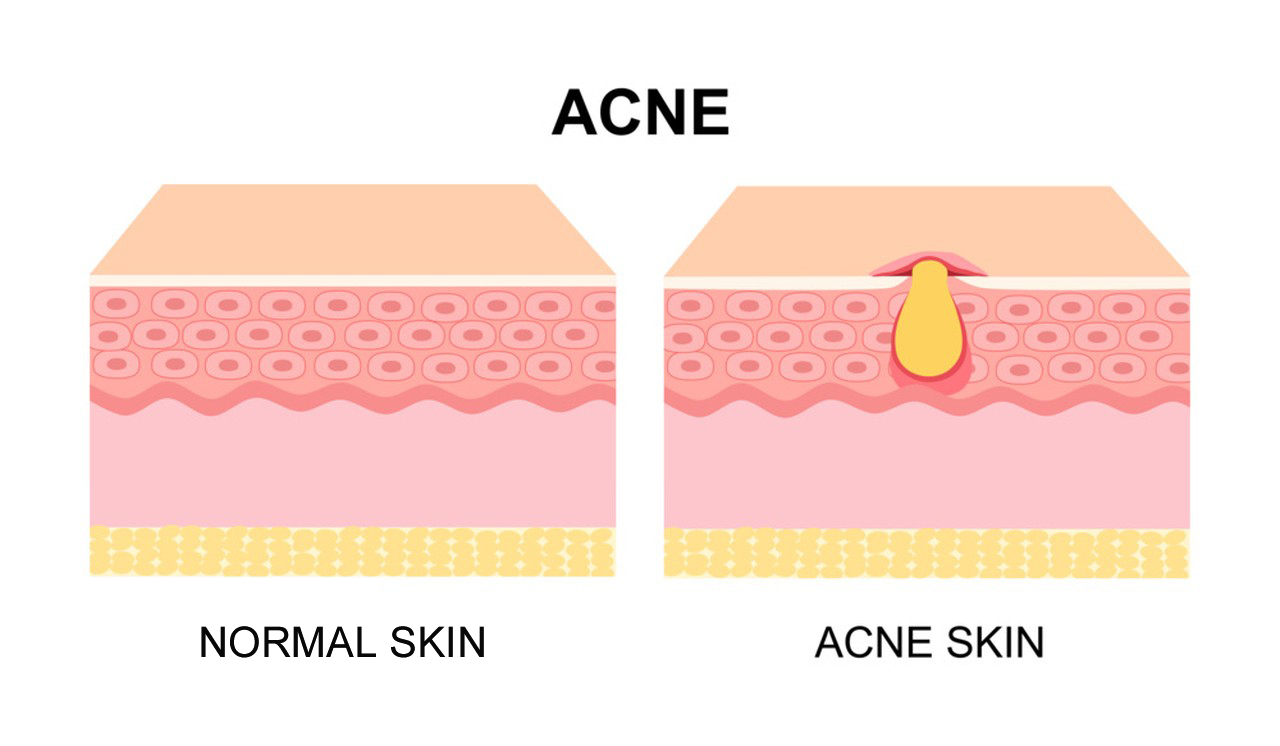Retinoic acid is a derivative of vitamin A (retinol) and belongs to the class of compounds known as retinoids. Retinoids play a crucial role in various physiological processes, including embryonic development, vision, immune function, and skin health. Retinoic acid is a biologically active form of vitamin A and serves as a signaling molecule in the body.
In the context of skin health and dermatology, retinoic acid is commonly used topically in the treatment of various skin conditions, such as acne and aging-related changes. It is known for its ability to promote skin cell turnover, stimulate collagen production, and improve the overall texture and appearance of the skin.
Retinoic acid functions by binding to specific receptors, known as retinoic acid receptors (RARs) and retinoid X receptors (RXRs), which are located in the nuclei of target cells. The activated receptors then regulate gene expression, influencing various cellular processes.
It’s important to note that the use of retinoic acid in skincare should be done under the guidance of a healthcare professional, as it can be associated with side effects such as skin irritation and increased sensitivity to sunlight. Additionally, pregnant women are typically advised to avoid high doses of vitamin A and its derivatives due to the potential risk of birth defects.

How to use Retinoic Acid?
Retinoic acid, also known as tretinoin, is a derivative of vitamin A and is commonly used in dermatology for various skin conditions. It is known for its effectiveness in treating acne, reducing wrinkles, and improving overall skin texture. Here are general guidelines on how to use retinoic acid:
1.Consult a Dermatologist:
Before starting any retinoic acid treatment, it’s crucial to consult with a dermatologist. They can assess your skin type, the severity of your condition, and provide personalized advice.
2.Start with Low Concentrations:
Retinoic acid is available in different concentrations. If you’re new to retinoids, it’s advisable to start with a lower concentration to minimize potential irritation. Over-the-counter products typically have lower concentrations, while prescription formulations may be stronger.
3.Apply on Clean, Dry Skin:
Wash your face with a mild cleanser and ensure your skin is completely dry before applying retinoic acid. Applying it to damp skin can increase the risk of irritation.
4.Apply a Pea-sized Amount:
Use a small amount of retinoic acid – typically a pea-sized amount for the entire face. Applying too much can lead to excessive irritation.

5.Frequency of Use:
Start by applying retinoic acid once or twice a week to allow your skin to acclimate. Gradually, you can increase the frequency as your skin builds tolerance. Follow your dermatologist’s recommendations.
6.Use Sunscreen:
Retinoic acid can increase skin sensitivity to sunlight. Always use a broad-spectrum sunscreen with at least SPF 30 during the day, even if you apply retinoic acid at night. This helps protect your skin from UV damage.
7.Moisturize:
Retinoic acid can be drying, so it’s important to use a moisturizer to keep your skin hydrated. Apply the moisturizer after the retinoic acid has been absorbed.
8.Avoid Harsh Products:
While using retinoic acid, avoid other products that may be harsh on the skin, such as products containing benzoyl peroxide or salicylic acid. These can increase irritation.
9.Patience is Key:
Results from retinoic acid may take several weeks to become noticeable. Be patient and consistent with your application.
10.Avoid Certain Conditions:
If you are pregnant or breastfeeding, consult with your healthcare provider before using retinoic acid, as it may not be recommended in these situations.
Remember, individual responses to retinoic acid can vary, and it may take time for your skin to adjust. If you experience severe irritation, redness, or discomfort, consult your dermatologist for guidance.
